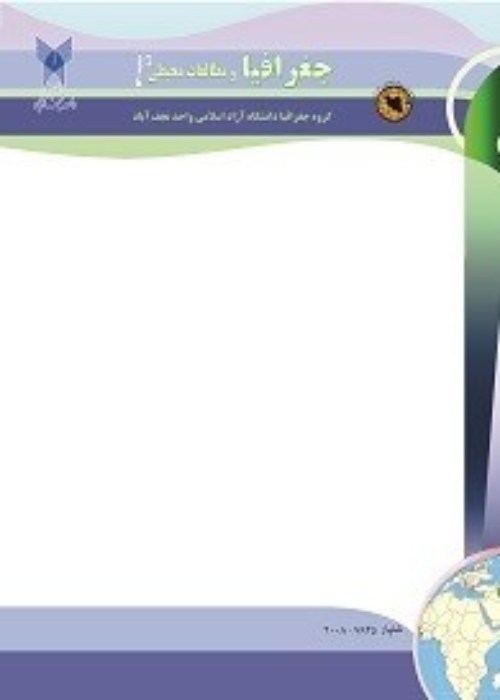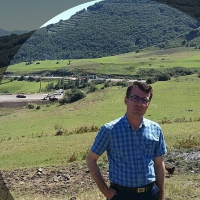Analysis of the Relationship between Spatial and Temporal Changes in Land Use and Landscape Metrics in the KoozehTopraghi Watershed
The purpose of this study was to analyze the relationship between land use changes in different time periods using landscape metrics in the KoozehTopraghi Watershed located in Ardabil Province. For this purpose, three Landsat satellite images from 2000, 2010, and 2021 were received from the United States Geological Survey (USGS) database. After preparing the land use maps of the watershed by supervised classification and converting it to a raster format, the landscape metrics of Fragstats 8.2 software were calculated and quantified in two levels of landscape (22 metrics) and class (13 metrics). The kappa coefficient for the land use maps of the three years under study (2000, 2010, and 2021) was equal to 58.2, 75.0, and 59.2 %, respectively. The results showed that at the level of class, rainfed agriculture had the maximum value in the edge density metric, and irrigated agriculture had the maximum values in the average distance of the nearest Euclidean neighbor, the number of patches, and the total edges in all three years. Furthermore, at the landscape level, the fragmentation index decreased slightly in 2010 compared to 2000 and then increased in 2021. The largest patch index also showed a significant decrease in 2021, so it has reached from 43.34 in 2000 to 34.81 in 2021.
- حق عضویت دریافتی صرف حمایت از نشریات عضو و نگهداری، تکمیل و توسعه مگیران میشود.
- پرداخت حق اشتراک و دانلود مقالات اجازه بازنشر آن در سایر رسانههای چاپی و دیجیتال را به کاربر نمیدهد.



